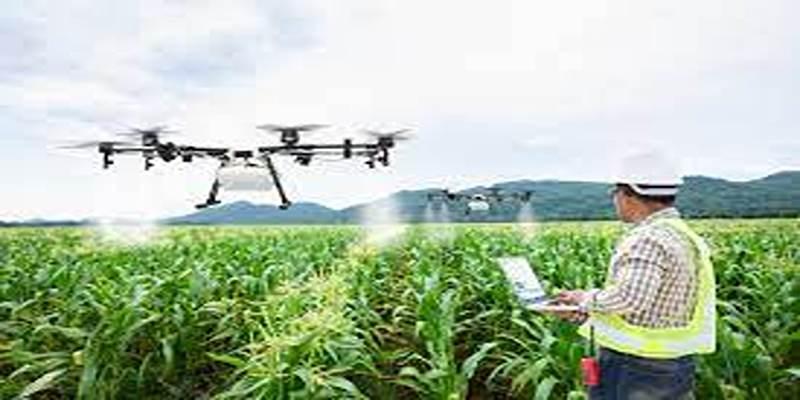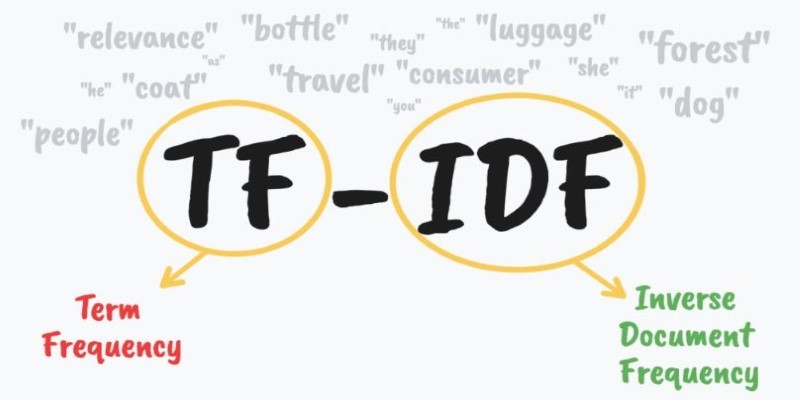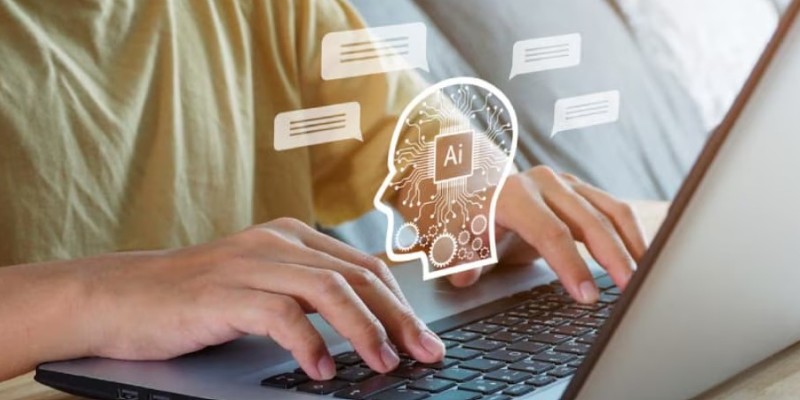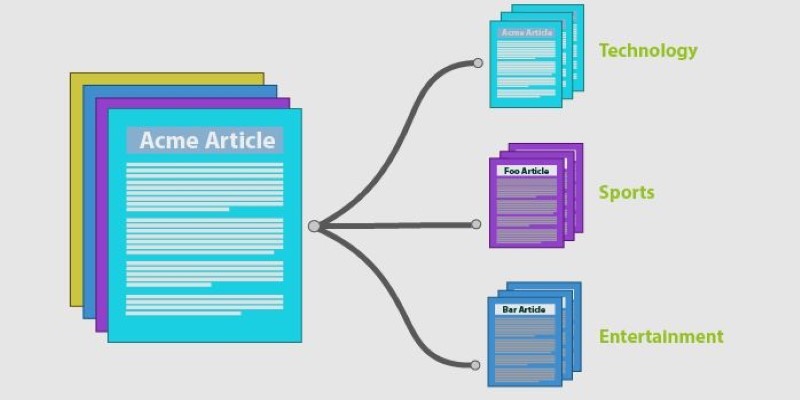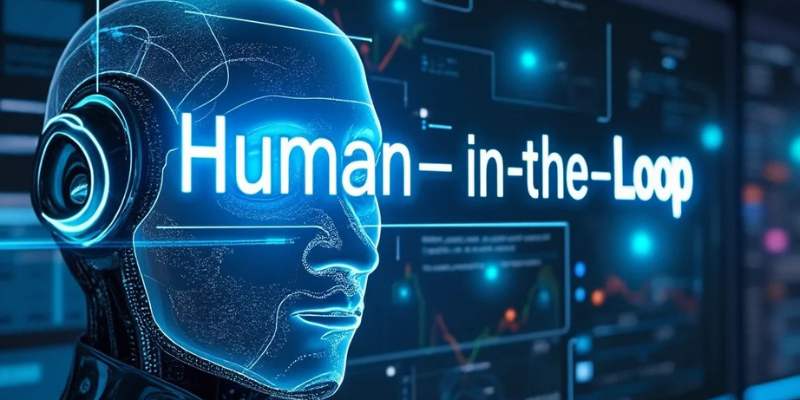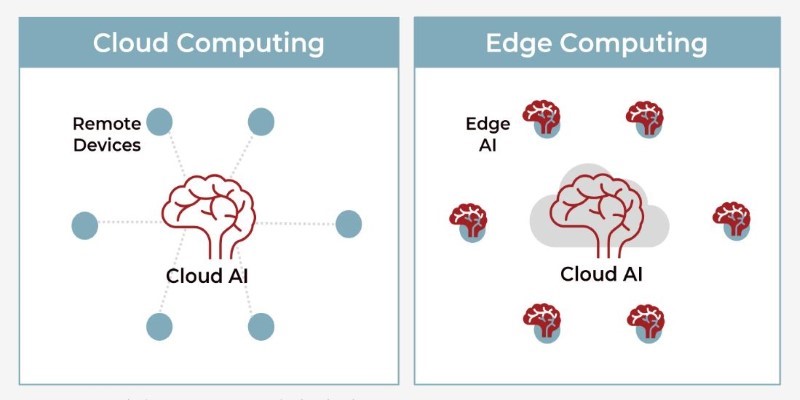Agriculture has changed a lot over the years, moving from more traditional ways of growing to ones that use technology. Today, Artificial Intelligence (AI) is a key part of making farming more efficient. It helps farms boost output, cut costs, and make the best use of resources.
Precision farming is one of the most important uses of AI in agriculture because it lets farmers make choices about planting, watering, and harvesting based on data. AI-powered field monitoring helps farmers find diseases, keep track of plant growth, and make sure they get a good crop. These improvements make farming more reliable, long-lasting, and good at using resources. This post will talk about how AI is changing farming by making precise farming and crop tracking better.
What is AI in Agriculture?
Artificial intelligence in agriculture refers to the use of AI technologies, including machine learning, computer vision, and predictive analytics, to improve farming practices. It enables farmers to collect and analyze data to make informed decisions about crop health, soil conditions, and weather patterns.
Key AI Applications in Agriculture
- Precision Farming – AI optimizes irrigation, fertilization, and planting processes.
- Crop Monitoring – AI-driven drones and sensors track crop health and detect diseases.
- Soil Analysis – AI evaluates soil quality for better land management.
- Weed and Pest Control – AI systems detect harmful pests and suggest treatments.
- Smart Irrigation – AI-powered watering changes how much water is used based on what plants need right now.
Farmers can improve the quality of their crops, spend less resources, and work more efficiently by using AI-driven solutions.
Understanding Precision Farming
What is Precision Farming?
Precision farming, which is also sometimes called "precision agriculture," is a way of farming that uses AI to make things run more smoothly. Its main goal is to give farmers accurate, real-time information about the land, weather, and crops so they can use their resources more efficiently and get more crops grown. This method makes things a lot more efficient by making sure that resources like water, fertilizer, and chemicals are only used where they are needed.
How AI Powers Precision Farming
AI plays a crucial role in precision farming by enabling data-driven decision-making. Several AI-powered tools and technologies contribute to this approach:
Drones and Remote Sensing:
- AI-driven drones capture high-resolution images of farmlands to assess crop conditions.
- These images help identify irrigation issues, pest infestations, and nutrient deficiencies.
AI-Powered Soil Sensors:
- AI-based soil sensors measure moisture levels, pH balance, and nutrient content.
- Farmers can adjust soil treatments based on real-time data, improving crop health.
Automated Farming Equipment:
- AI-integrated tractors and planters ensure accurate seeding, fertilization, and harvesting.
- These machines minimize human errors and optimize land usage.
Climate Analysis and Weather Prediction:
- AI models analyze historical weather data to provide accurate climate predictions.
- It allows farmers to plan crop cycles effectively and avoid losses due to unpredictable weather.
Benefits of Precision Farming
Precision farming has several advantages, including:
- Higher Crop Yields: AI optimizes planting techniques, improving crop output.
- Reduced Resource Waste: Water, fertilizers, and pesticides are used more efficiently.
- Lower Costs: AI automation reduces labor and input costs.
- Improved Soil Health: Optimized soil management leads to long-term sustainability.
By integrating AI into precision farming, farmers can increase efficiency while reducing their environmental footprint.
AI in Crop Monitoring
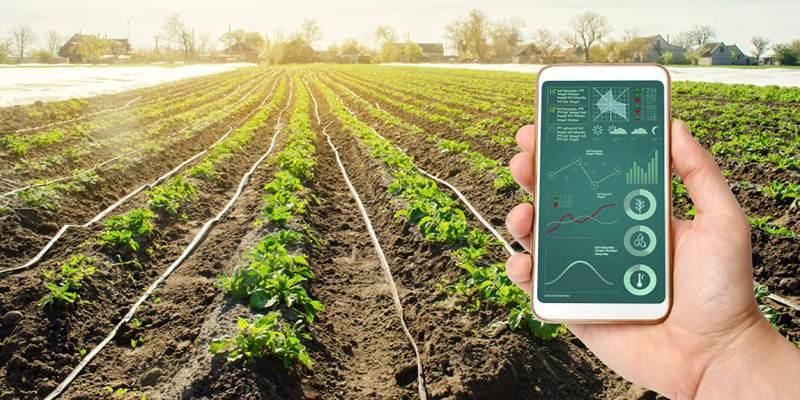
What is Crop Monitoring?
Crop monitoring is an essential aspect of modern agriculture that involves tracking crop health, detecting diseases, and assessing plant growth. AI has revolutionized this process by enabling real-time monitoring using drones, sensors, and image recognition technology. Previously, farmers relied on manual inspections, which were time-consuming and often inaccurate. With AI, monitoring crops has become faster, more accurate, and highly efficient.
How AI is Used in Crop Monitoring
AI-powered crop monitoring uses computer vision, satellite imagery, and IoT sensors to assess plant conditions. Some key applications include:
Early Disease Detection:
- AI can analyze plant images to detect diseases at an early stage.
- Early detection allows farmers to take action before the disease spreads, preventing losses.
Pest and Weed Identification:
- AI-powered drones scan fields to identify pest infestations and weed growth.
- It helps farmers apply pesticides only where necessary, reducing chemical use.
Nutrient Deficiency Analysis:
- AI evaluates plant color, leaf texture, and overall health to detect nutrient deficiencies.
- Farmers receive recommendations on the right fertilizers and soil treatments.
Advantages of AI in Crop Monitoring
- Prevents Crop Diseases: AI detects infections before they become widespread.
- Reduces Chemical Use: Pesticides and fertilizers are used only when needed.
- Enhances Productivity: Real-time insights allow farmers to take immediate action.
- Saves Time and Labor: AI automates crop inspections, reducing manual efforts.
By leveraging AI for crop monitoring, farmers minimize losses and improve the quality of their produce.
Challenges of AI in Agriculture
Despite the benefits, AI adoption in agriculture faces several challenges:
High Initial Investment
- AI-powered equipment, drones, and sensors require significant investment.
- Small-scale farmers may find it difficult to afford these technologies.
Connectivity Issues in Rural Areas
- Many farms in remote areas lack internet connectivity for AI-based monitoring.
- Reliable infrastructure is needed for AI to function efficiently.
Conclusion
AI is revolutionizing agriculture by enhancing precision farming and crop monitoring, helping farmers make data-driven decisions. With AI-powered tools like drones, sensors, and automated systems, farmers can increase yields, reduce costs, and optimize resources efficiently. Real-time crop monitoring ensures early disease detection and better pest control, preventing significant losses. While challenges like high costs and infrastructure limitations exist, the benefits far outweigh them. By integrating AI, farmers can achieve higher productivity, sustainability, and long-term success in modern agriculture.
